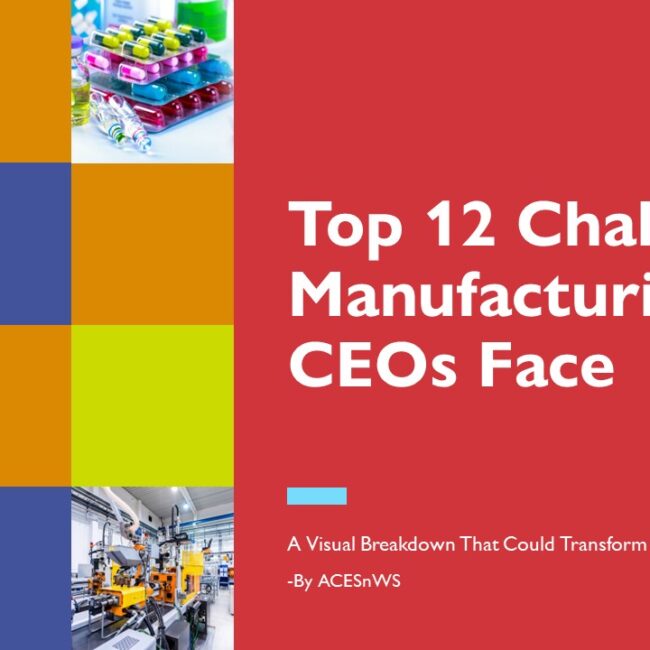
Accessibility in EdTech: Ensuring Inclusive Learning Environments
In the rapidly evolving landscape of educational technology (EdTech), accessibility has emerged as a critical concern. As EdTech solutions become increasingly integral to teaching and learning, ensuring these tools are accessible to all students, including those with disabilities, is paramount. This blog post aims to provide primary and secondary education industry decision-makers with a comprehensive overview of best practices for creating inclusive learning environments through accessible EdTech.
Understanding Accessibility in EdTech
Accessibility in EdTech refers to the design and implementation of educational technology in a way that allows all students, regardless of their physical or cognitive abilities, to access, interact with, and benefit from these tools. This encompasses a broad range of considerations, from the physical design of devices to the user interface of digital learning platforms.
The Importance of Accessibility
- Equitable Education Opportunities: Ensuring accessibility is fundamental to providing equitable education opportunities for all students.
- Legal Compliance: Many regions have laws and regulations requiring educational materials and technologies to be accessible to students with disabilities.
- Enhanced Learning for All: Designing for accessibility often results in improvements that benefit all users, not just those with disabilities.
Key Principles for Accessible EdTech
Universal Design for Learning (UDL)
- Multiple Means of Engagement: Provide multiple ways for students to engage with content, catering to different motivations and interests.
- Multiple Means of Representation: Offer information in various formats (text, audio, video, interactive simulations) to address diverse learning preferences and needs.
- Multiple Means of Action and Expression: Allow students to demonstrate their understanding and mastery of a subject through various methods.
Accessible Content Creation
- Alt Text for Images and Graphics: Provide alternative text descriptions for images and graphics so that students using screen readers can understand their content.
- Captioning and Transcripts for Audio and Video: Include captions for videos and transcripts for audio content to support students who are deaf or hard of hearing, as well as those who benefit from reading along.
- Readable and Navigable Texts: Ensure digital texts are structured and tagged correctly for screen readers, with a logical order for headings, lists, and links.
Implementing Accessible EdTech
Conducting Accessibility Audits
- Evaluate Current Tools: Regularly assess the accessibility of existing EdTech tools and content using accessibility checklists and guidelines (e.g., Web Content Accessibility Guidelines – WCAG).
- Involve Stakeholders: Include students with disabilities, special education teachers, and accessibility experts in the evaluation process to gain comprehensive insights.
Professional Development and Training
- Educator Training: Provide educators with training on the importance of accessibility and how to use and create accessible EdTech content and tools.
- Sharing Best Practices: Encourage the sharing of accessibility best practices and resources among educators and staff.
Overcoming Challenges to EdTech Accessibility
Financial and Technical Constraints
- Leverage Free and Open Source Resources: Utilize free and open-source EdTech tools and resources that adhere to accessibility standards.
- Seek Grants and Funding: Explore grants and funding opportunities aimed at improving accessibility in education.
Keeping Pace with Technological Advances
- Stay Informed: Keep abreast of new technologies and accessibility standards to ensure EdTech tools remain accessible as they evolve.
- Adopt Flexible Solutions: Choose EdTech solutions that are known for their adaptability and commitment to updating accessibility features.
In conclusion, creating inclusive learning environments through accessible EdTech is both a moral imperative and a legal requirement. By embracing the principles of Universal Design for Learning, conducting thorough accessibility audits, investing in professional development, and leveraging available resources, education industry decision-makers can ensure that all students have equal opportunities to succeed. As EdTech continues to advance, maintaining a focus on accessibility will be crucial for fostering equitable and effective education for every student.


